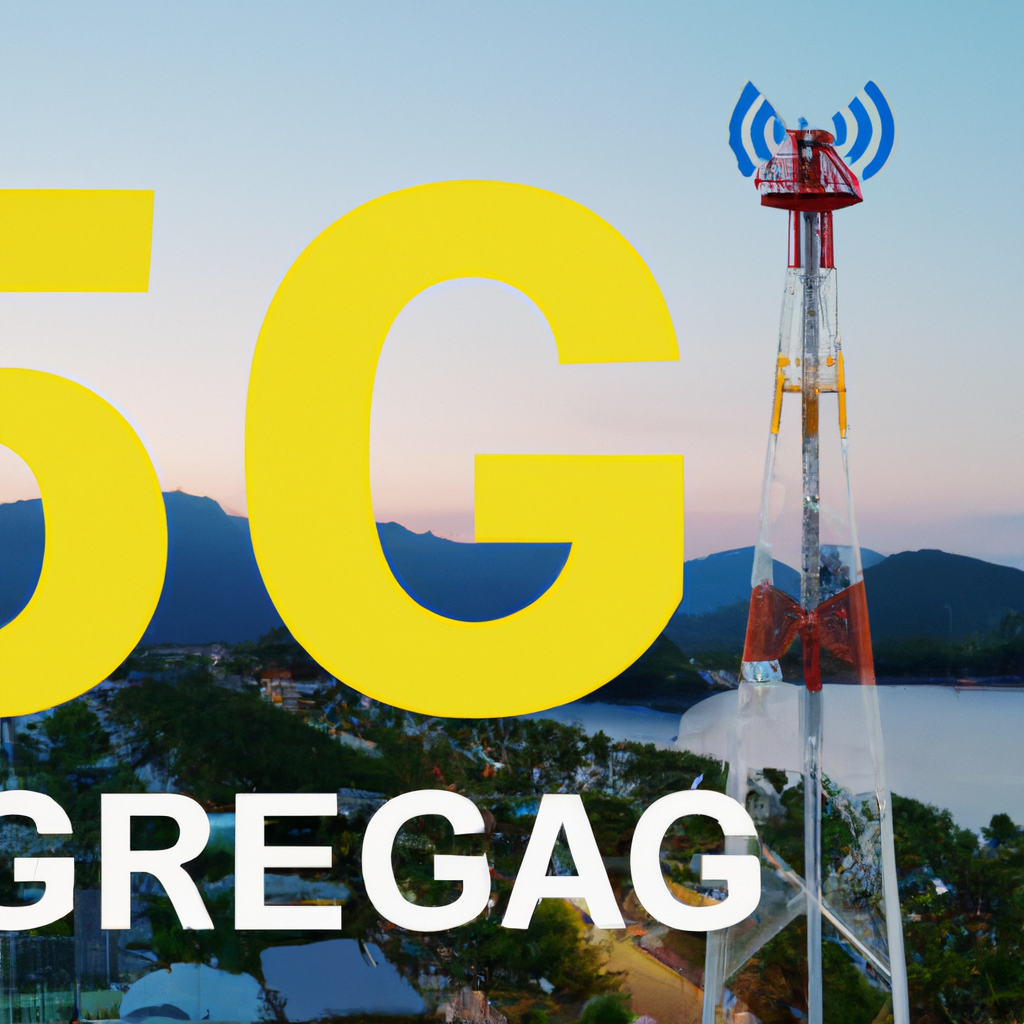The 5G network is the next-generation technology in wireless communication that has taken the world by storm. It is designed to provide faster and more reliable data transfer, making it the backbone of the internet of things (IoT) and other emerging technologies. But how does a 5G network work? Let’s dive in and find out.
What is a 5G network?
A 5G network is a cellular network that uses high-speed data transfer technology to provide faster and more reliable connectivity. It is the fifth generation of wireless communication technology that has been designed to meet the growing demand for bandwidth and connectivity. Compared to its predecessor, 4G, a 5G network is faster, more efficient, and has a higher capacity to support multiple devices simultaneously.
How does a 5G network work?
A 5G network works by using a combination of new technologies and infrastructure to provide faster and more reliable connectivity. Let’s take a closer look at some of the key components of a 5G network:
1. mmWave technology
One of the key technologies that make a 5G network possible is mmWave technology. It is a high-frequency spectrum that enables faster data transfer and greater bandwidth. However, it has a shorter range and is easily blocked by obstacles such as buildings, trees, and even rain. To overcome these challenges, 5G networks use multiple antennas and beamforming technology to direct the signal towards the user’s device.
2. Small cells
Another important component of a 5G network is small cells. These are low-power base stations that are installed in areas with high data traffic such as urban centers and stadiums. They are designed to provide better coverage and capacity in densely populated areas, which can be a challenge for traditional cell towers.
3. Massive MIMO
Massive MIMO is a technology that uses multiple antennas on both the transmitter and receiver to improve signal quality and reduce interference. It is a key component of a 5G network and enables faster data transfer and better connectivity.
4. Network slicing
Network slicing is a technology that allows different parts of the network to be allocated for specific services or applications. It enables a 5G network to provide customized services to different users based on their needs and requirements. For example, a network slice can be allocated for IoT devices, while another slice can be used for high-bandwidth applications such as streaming video.
5. Edge computing
Edge computing is a technology that enables data processing and storage to be done closer to the user’s device. It reduces latency and improves performance, making it an important component of a 5G network. With edge computing, data can be processed and analyzed in real-time, enabling faster and more efficient decision-making.
Benefits of a 5G network
A 5G network offers several benefits over traditional cellular networks. Some of these benefits include:
1. Faster data transfer
A 5G network can transfer data at speeds of up to 20 Gbps, which is 20 times faster than 4G. This enables faster downloads and uploads, making it possible to stream high-quality video and play online games without buffering.
2. Lower latency
Latency is the time it takes for a device to communicate with the network. A 5G network has lower latency than 4G, which means that data can be transmitted and received more quickly. This is important for applications that require real-time data transfer, such as self-driving cars and augmented reality.
3. More reliable connectivity
A 5G network is designed to provide more reliable connectivity than 4G. It uses multiple antennas and beamforming technology to direct the signal towards the user’s device, reducing the chance of dropped calls and lost connections.
Conclusion
A 5G network is the next-generation technology in wireless communication that promises faster and more reliable connectivity. It uses a combination of new technologies and infrastructure to provide faster data transfer, lower latency, and more reliable connectivity. With the internet of things and other emerging technologies driving the need for faster and more efficient connectivity, a 5G network is set to transform the way we live, work, and play.







